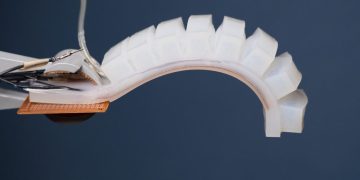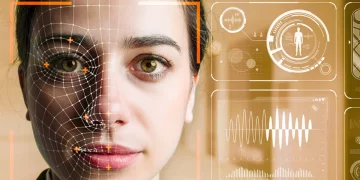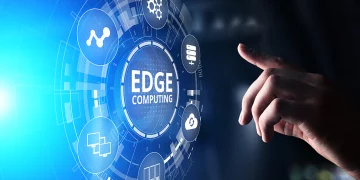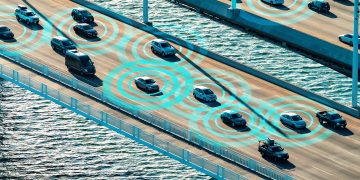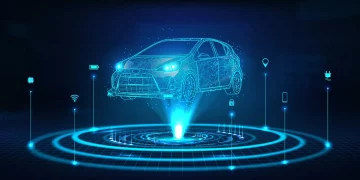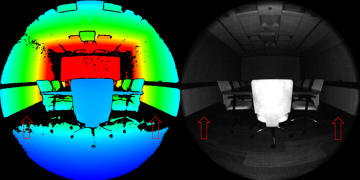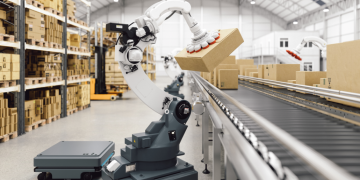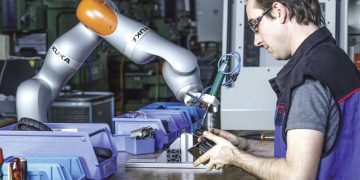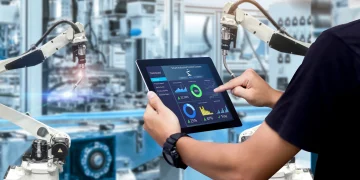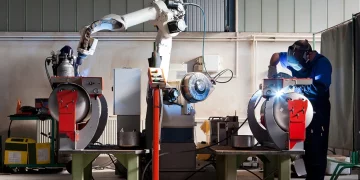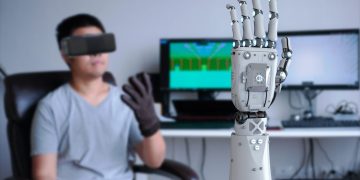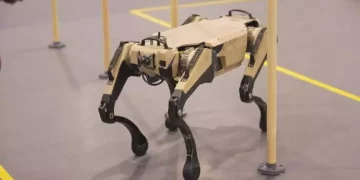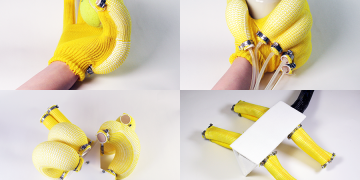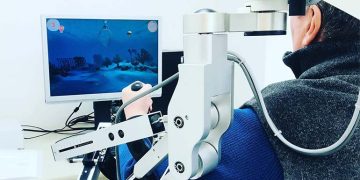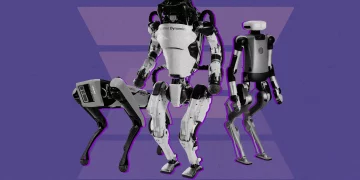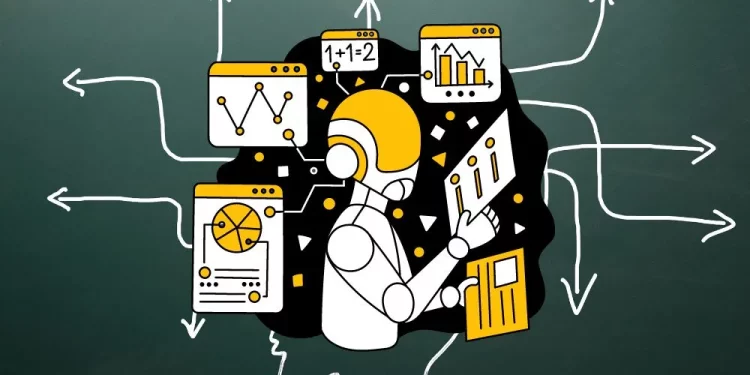Introduction
The integration of artificial intelligence (AI) into bionic robots is pushing the boundaries of what machines can achieve. Traditionally, robots were designed to follow pre-programmed instructions, with little to no flexibility in handling unforeseen circumstances. However, recent advances in AI algorithms, especially machine learning and deep learning, have enabled bionic robots to make autonomous decisions, learn from their environment, and complete complex tasks without requiring human intervention.
Bionic robots, or robots that are designed to imitate biological organisms in terms of structure and function, have evolved into highly intelligent systems capable of dynamic perception, adaptive behavior, and independent decision-making. These advancements are transforming industries such as healthcare, manufacturing, and disaster recovery, where robots can operate autonomously, perform tasks with human-like dexterity, and adapt to changing environments.
In this article, we will explore how AI algorithms enable bionic robots to make autonomous decisions, the technologies that underpin this capability, and the potential impact of these robots on industries and society. We will also discuss the challenges, ethical concerns, and future opportunities associated with this rapidly evolving field.
1. The Evolution of Bionic Robots
a. Defining Bionic Robots
Bionic robots are designed to mimic the biological structure and functions of living organisms. These robots are built to replicate specific traits of animals or humans, such as movement, perception, or sensory capabilities, often using bio-inspired technologies. A key feature of bionic robots is their ability to interact with the world in a way that is reminiscent of living creatures, such as responding to stimuli, adapting to new situations, and learning from past experiences.
Unlike traditional industrial robots that follow strictly programmed instructions, bionic robots are designed to be adaptive. This adaptability is achieved through the use of advanced AI and machine learning algorithms that enable robots to learn from their environment, adjust their behavior, and make decisions based on new information.
b. The Role of AI Algorithms in Autonomous Decision-Making
AI algorithms are the foundation of autonomous decision-making in bionic robots. These algorithms allow robots to process data from their sensors, interpret their surroundings, and make decisions based on the context of the environment. Unlike traditional robots that require explicit human programming for every task, robots powered by AI can self-organize, plan, and execute tasks with minimal intervention.
The most notable AI techniques used in bionic robots include:
- Machine learning: Algorithms that allow robots to learn from experience and improve their performance over time.
- Deep learning: A subset of machine learning that uses neural networks to process large amounts of data, enabling robots to recognize patterns, make predictions, and understand complex scenarios.
- Reinforcement learning: A technique where robots learn by interacting with their environment, receiving feedback (rewards or penalties), and adapting their actions to maximize long-term outcomes.
2. How AI Algorithms Enable Autonomous Decision-Making in Bionic Robots
a. Sensory Input and Perception
The first step toward autonomous decision-making in bionic robots is the ability to perceive the environment through sensors. Bionic robots are equipped with advanced sensory systems, such as vision sensors, tactile feedback, auditory sensors, and proximity detectors, which collect data about their surroundings.
Once the data is collected, it is processed using AI algorithms to create a model of the environment. This enables robots to recognize objects, navigate obstacles, and understand spatial relationships. The perception process is crucial because it forms the basis for decision-making—robots cannot make effective decisions without accurately understanding their environment.
- Visual Perception: Bionic robots use computer vision algorithms to process images and identify objects or features in their surroundings. This could include recognizing faces, identifying objects for manipulation, or detecting hazards in the environment.
- Tactile Perception: Robots with tactile sensors can measure pressure, texture, and temperature. This information is used to assess whether an object is fragile, whether the robot is gripping too tightly, or if additional force is needed for a specific task.
b. Data Processing and Decision-Making
Once the sensory data is processed, AI algorithms take over to make decisions based on this information. Machine learning and deep learning algorithms use the data to build predictive models that can guide the robot’s actions. These models are trained on large datasets, which may include data from previous experiences, simulations, or even real-world interactions.
In a bionic robot, the decision-making process involves several key components:
- State Estimation: The robot uses algorithms to estimate its current state and understand the context in which it operates (e.g., is it in a safe zone, is the object in front of it fragile?).
- Action Selection: Based on the estimated state, the robot uses AI to select an appropriate action. For example, a robot in a warehouse may decide whether to pick up an item, navigate around an obstacle, or perform a safety check.
- Planning and Optimization: Advanced AI models can plan a sequence of actions that will lead to the desired outcome, optimizing the path and actions based on environmental feedback and the robot’s capabilities.
c. Reinforcement Learning: Teaching Robots to Learn from Experience
One of the most powerful AI techniques for autonomous decision-making is reinforcement learning. In reinforcement learning, a robot interacts with its environment, performs actions, and receives feedback. This feedback comes in the form of rewards or penalties, based on the success of the action in achieving a goal.
The robot uses this feedback to adjust its behavior and improve its decision-making over time. For example, a robot tasked with cleaning a room may start by randomly moving around. As it receives positive feedback for completing tasks (e.g., cleaning a specific area), it will gradually learn to optimize its movement patterns and maximize efficiency.
d. Real-Time Adaptation
Autonomous decision-making also involves the robot’s ability to adapt in real-time to unexpected changes. In complex environments, conditions can change suddenly, requiring the robot to adjust its actions and behavior. This is particularly crucial for robots working in dynamic settings, such as autonomous vehicles navigating traffic or search-and-rescue robots responding to disaster scenes.
AI-powered robots can continuously update their models, making decisions that account for new information as it becomes available. This allows them to handle uncertainty, ambiguity, and complexity more effectively than traditional robots.

3. Applications of Autonomous Bionic Robots
a. Industrial Automation
In manufacturing and industrial automation, bionic robots are already performing highly specialized tasks. These robots are capable of working alongside humans in collaborative settings where their autonomy allows them to make quick decisions based on real-time data. For example, a robot on an assembly line can autonomously decide when to pick up a part, how to assemble it, or when to stop and inspect for defects.
The ability to make autonomous decisions greatly enhances the efficiency and precision of industrial tasks while ensuring worker safety. Bionic robots can also adapt to new tasks or changing production schedules without the need for constant human intervention, reducing downtime and optimizing productivity.
b. Healthcare and Surgery
In the medical field, bionic robots are already making autonomous decisions to assist with surgeries, diagnostics, and patient care. Surgical robots powered by AI algorithms can assist doctors in performing highly precise operations, adjusting instruments in real-time, and even making decisions based on visual and tactile feedback from the patient’s body.
- Robotic surgery systems, such as da Vinci or Intuitive Surgical robots, use AI to ensure the precision of movements during surgery, adapting to changes in the body during the procedure.
- AI-powered prosthetics and rehabilitation robots can make autonomous adjustments based on a patient’s specific needs, allowing for better recovery outcomes and improving patients’ quality of life.
c. Search-and-Rescue and Disaster Recovery
Bionic robots can play a critical role in disaster recovery efforts, such as earthquake or fire rescue missions, where the terrain is hazardous and human rescuers cannot reach. These robots can autonomously navigate debris, search for survivors, and adapt to changing environments without the need for direct human input. AI algorithms allow these robots to prioritize tasks based on the most critical needs and respond to the evolving nature of the disaster scene.
d. Autonomous Vehicles
Autonomous vehicles, such as self-driving cars and drones, rely heavily on AI and bionic technologies to make complex decisions while navigating through traffic or adverse conditions. These vehicles use a variety of sensors, such as cameras, LiDAR, and radar, to create a real-time map of their environment and make autonomous driving decisions.
AI algorithms are used to determine when to speed up, slow down, stop, or make turns, while also reacting to unexpected obstacles or changes in road conditions. These autonomous systems can perform tasks that would be difficult or dangerous for human drivers, improving safety and efficiency on the roads.
4. Challenges and Ethical Considerations
a. Data Privacy and Security
As bionic robots become more autonomous, there is an increasing need for data privacy and security. These robots rely on large amounts of data to make decisions, which can involve sensitive personal information. Ensuring that this data is securely stored and used only for the intended purpose is crucial to protect user privacy.
b. Trust and Accountability
With autonomous decision-making comes the question of accountability. When a robot makes an error or causes harm, who is responsible? Developers, manufacturers, or the AI itself? This issue is particularly significant in areas like healthcare and autonomous driving, where mistakes can lead to serious consequences.
c. Job Displacement
As robots become more capable of performing complex tasks autonomously, there is growing concern about the potential for job displacement. Many industries, especially manufacturing and logistics, rely heavily on human workers. The rise of autonomous bionic robots could lead to significant shifts in the job market, necessitating policies to manage this transition.
Conclusion
The integration of AI algorithms into bionic robots has unlocked a new era of autonomous decision-making, enabling robots to perform complex tasks without direct human intervention. These robots are poised to revolutionize industries such as manufacturing, healthcare, and disaster recovery by improving efficiency, safety, and adaptability.
However, as these technologies advance, we must carefully consider the ethical implications, such as data privacy, accountability, and job displacement, to ensure that the deployment of autonomous robots benefits society as a whole. With further research and development, bionic robots powered by AI will continue to play an increasingly important role in shaping our future.

